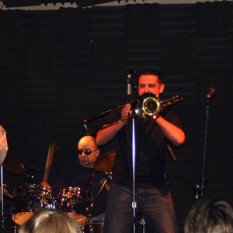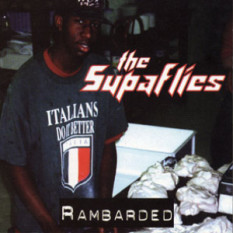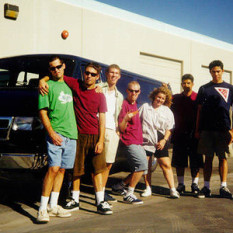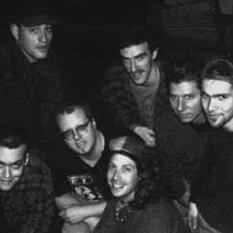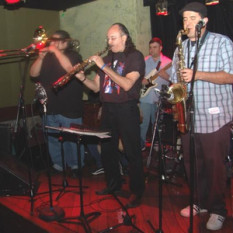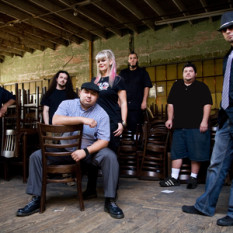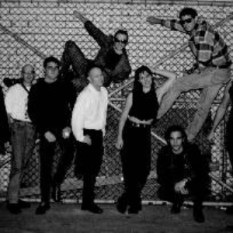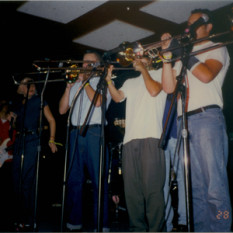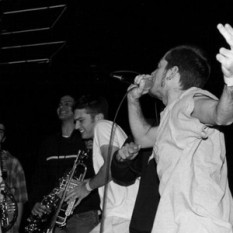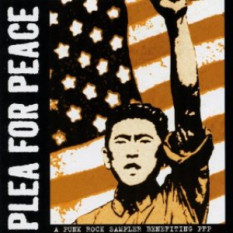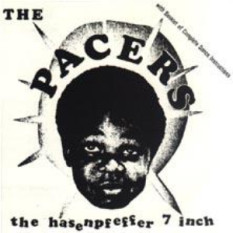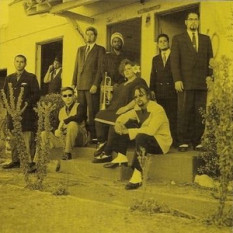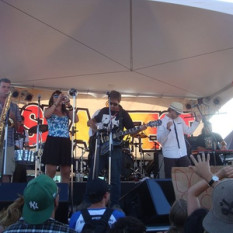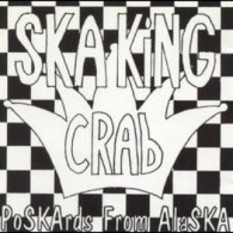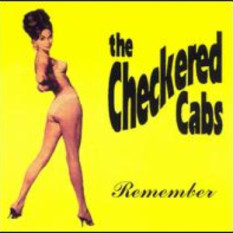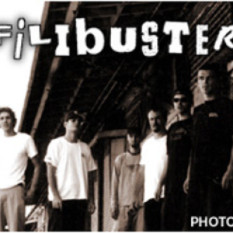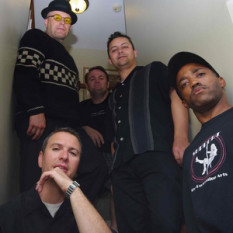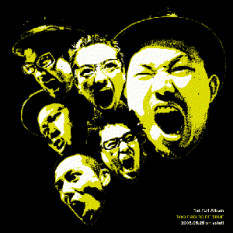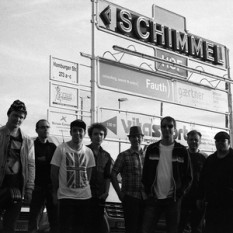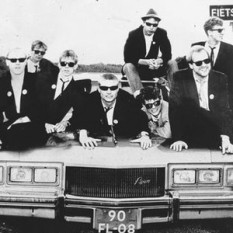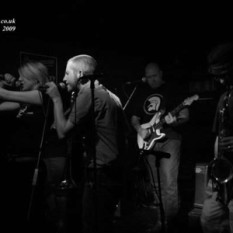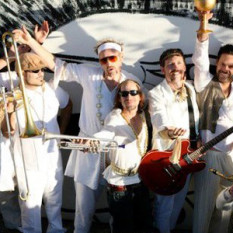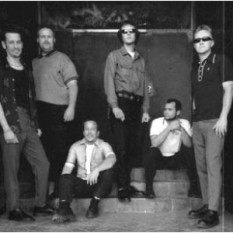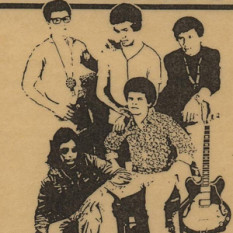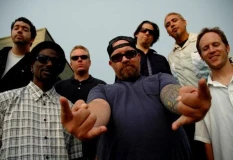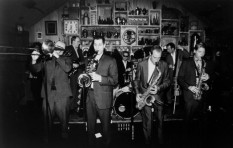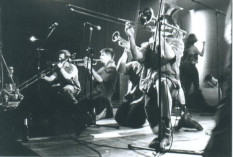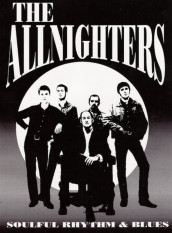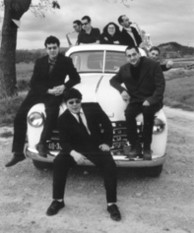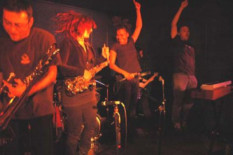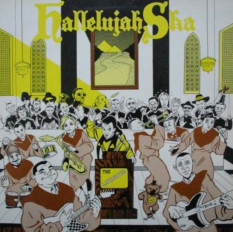In the 1980s, bands influenced by the 2 Tone ska revival started forming in the United States and other countries. The style was characterized by brass instruments, a heavily-accented offbeat, and sometimes a faster tempo. The first well-known American ska revival band was The Toasters, who played in a 2 Tone-influenced style and paved the way for the third wave ska movement. Other notable early third wave ska bands included The Donkey Show, The Uptones, Fishbone, Operation Ivy, Let's Go Bowling and Bim Skala Bim.
Most early third wave bands emerged from Southern California but by the early 1990s, ska revival bands were forming throughout the United States and many other countries. Tazy Phyllipz and Albino Brown of the Ska Parade radio show popularized the label "third wave ska." Ska Parade helped promote many Southern California bands such as Sublime, No Doubt, and Let's Go Bowling.
In 1993 The ska-core band Mighty Mighty Bosstones signed with Mercury Records and appeared in the film Clueless, with their first mainstream hit "Where'd You Go?" Bands such as No Doubt, Sublime, Reel Big Fish, Less Than Jake and Goldfinger brought ska mainstream attention. During this time, many ska songs became hits on mainstream radio, including Spiderwebs, Sell Out, and The Impression That I Get.
Many third wave ska bands played ska punk and its subgenre, ska-core. Ska punk took 2 Tone and increased the punk rock elements, while ska-core blended ska with hardcore punk. However, some third wave ska bands — such as The Allstonians, Hepcat and The Slackers — continued to play in a more traditional 1960s-influenced style. Many of the popular accoutrements of the 2 Tone and mod movements were also popular with the third wave of ska. The checkerboard pattern of the 2 Tone record label became a popular stylistic element on third wave ska clothing, album covers, and posters. By the late 1990s, mainstream interest in third wave ska bands waned as other music genres gained momentum. .

